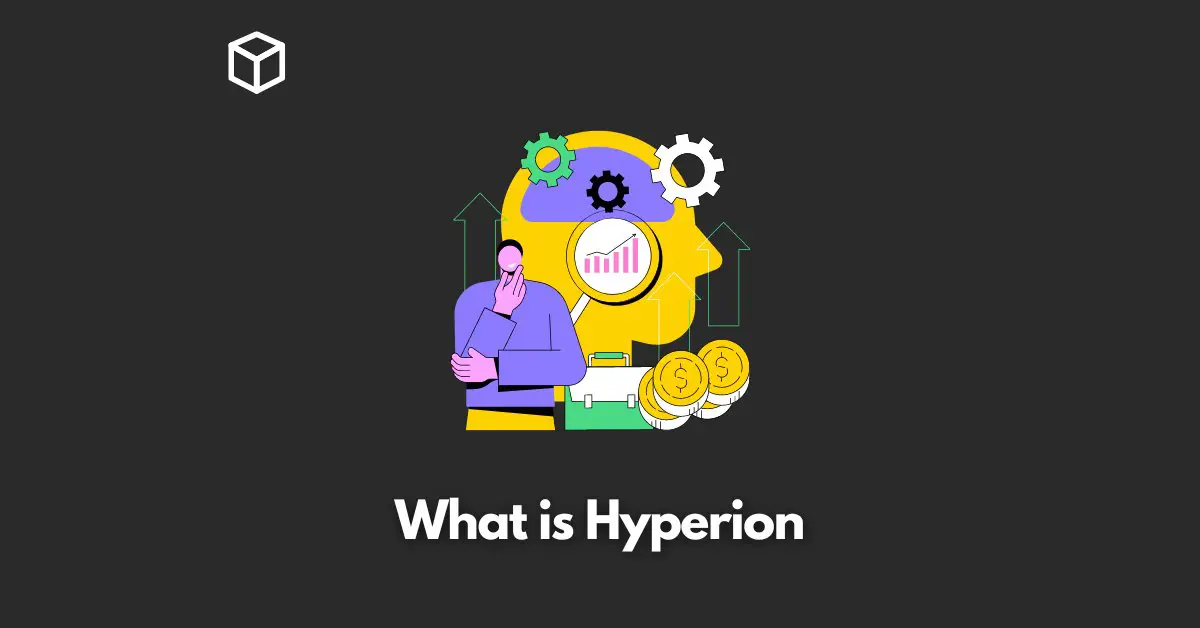Data is king!
The ability to quickly and easily analyze large amounts of data can give organizations a competitive edge and help them make better, data-driven decisions.
Online analytical processing (OLAP) is a powerful tool that can help organizations achieve this goal, and Hyperion is a high-performance, open-source OLAP server that is gaining popularity among businesses of all sizes.
Basics of OLAP and its role in data analysis
OLAP is a type of software that allows users to analyze multidimensional data, such as sales figures by product, region, and time period.
It’s designed to be fast and efficient, so users can quickly get the information they need to make important business decisions.
OLAP systems also support complex calculations, such as forecasting and budgeting, and can be used to create interactive dashboards and reports.
Importance of OLAP in business intelligence and decision making
Business intelligence (BI) is all about turning data into actionable insights, and OLAP is a key component of BI.
By providing fast, flexible access to large amounts of data, OLAP allows organizations to quickly identify trends, spot problems, and make better decisions.
For example, a retail company might use OLAP to analyze sales data by product and region, identifying which products are selling well and which are not, and then make decisions about inventory and marketing based on that information.
Architecture of Hyperion
Hyperion is built on a flexible, modular architecture that allows it to support a wide range of data sources and use cases.
The core components of Hyperion include the storage engine, which is responsible for managing data; the query engine, which handles queries and calculations; and the user interface, which allows users to interact with the system.
Hyperion also uses column-oriented storage and parallel processing to support high-performance and scalability.
Features and Capabilities of Hyperion
Hyperion supports a wide range of data sources, including relational databases, CSV files, and JSON documents.
It also offers built-in query languages and APIs, such as SQL and a Python API, so users can easily access data in the way that best suits their needs.
Hyperion also includes a variety of visualization capabilities, such as charts and dashboards, and can export data to various formats for further analysis.
Use Cases of Hyperion
Hyperion is being used in a wide range of industries, from finance and retail to healthcare and beyond.
For example, a financial services company might use Hyperion to analyze trading data, while a retail company might use it to analyze sales figures.
Hyperion users have reported faster query performance and improved data analysis capabilities, which has helped them make better, data-driven decisions.
Conclusion
In conclusion, Hyperion is a powerful open-source OLAP server that can help organizations unlock the power of business intelligence.
With its fast performance, flexible architecture, and wide range of features and capabilities, Hyperion can help users quickly analyze large amounts of data and make better, data-driven decisions.
We encourage you to visit Hyperion’s website, documentation, and community resources for further information and to experience the benefits of Hyperion firsthand.




